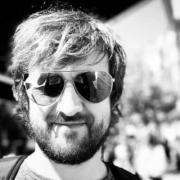
Automated database migration testing
In a heavily-loaded project, any change implies non-zero risks of downtime or performance degradation. We constantly see how system complexity, number of database nodes, deployments per week constantly grow. How grows the level of automatization of various activities in CI/CD pipelines, containers, Kubernetes.
Meanwhile, when we look at the topic of testing of database changes–from trivial index creation to complex, almost "surgical" operations like converting int4 PK to int8 one in a multi-terabyte database under load–here we observe an obvious lag in technology and methodology development. In the best case, the changes are verified and approved visually, and here it all depends on the level of experience and tiredness of the reviewer.
In this talk, we will look at how we (Postgres.ai) solve this problem using our solution, Database Lab:
- instant provisioning of independent thin clones of multi-terabyte databases, ready to be used for testing,
- integration with existing CI/CD solutions and workflow,
- collection of metrics that are the most useful for decision support on whether or not each database migration has to be approved (and even fully automated rejection of the most dangerous actions).